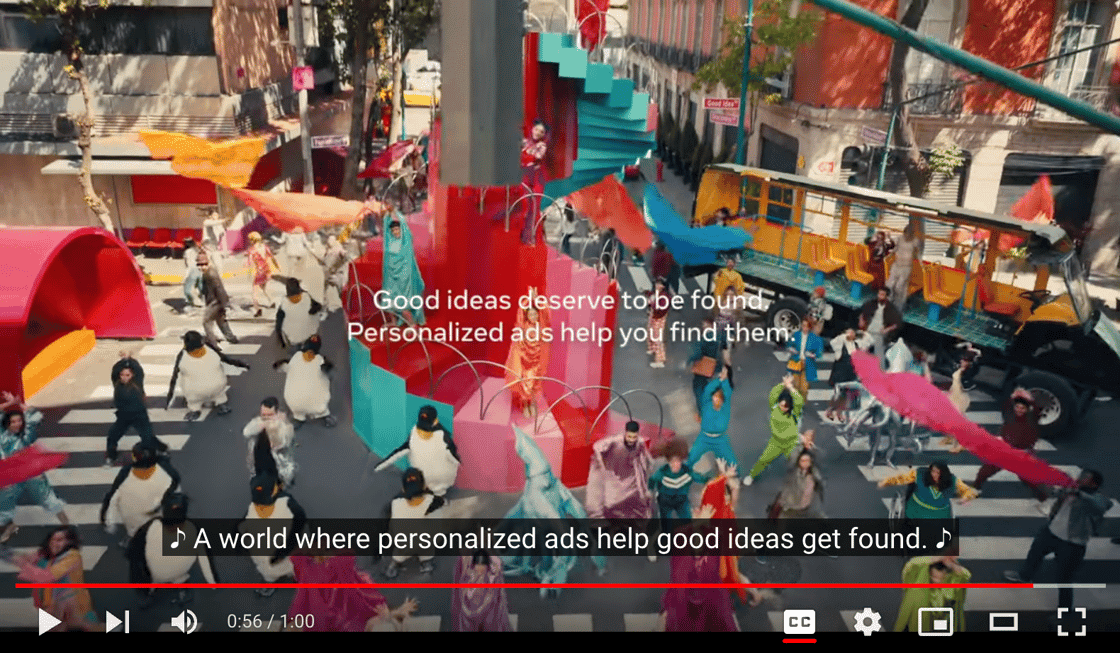Welcome to Pinpoint, a weekly digest for marketers and leaders. In every issue you’ll find timely industry news, perspectives from experts, actionable marketing strategies, and links to other resources that can help you grow your business.
In this week’s issue:
- D2C brands are getting more creative with direct mail catalogs
- YouTube will begin testing ads on Shorts
- Books worth reading: the brand story edition
Strategy of the Week
Direct mail is becoming a more popular channel among D2C brands hoping to connect in the real world with existing and prospective customers who interact with them online.
This year, companies will spend an estimated $43.3 billion on direct mail marketing, a 3.5% increase from what they spent in 2020.
It makes sense as a strategy when you consider the fact that response rates from catalogs—one of the most popular forms of direct mail for D2C retail brands—have been steadily increasing over the past few years. The Harvard Business Review puts the increase at a staggering 170% between 2004 and 2018.
Research has also shown that response rates on direct mail campaigns are typically 13X higher than the response rates on email marketing, paid search, and social media campaigns. And some sources put the open rate of direct mail at as high as 90 percent.
It seems like a no-brainer, right? The numbers look good. Really good.
Here’s the challenge: if every D2C brand starts sending catalogs and lookbooks to consumers, that’s going to create a lot of noise. Mailboxes only have so much room for printed materials and consumers only have so much attention they are willing to spend flipping through those materials.
To get the kind of ROI you want out of direct mail, you need to come up with a strategic way to stand out.
Imagine you design, print, and ship a product catalog and it ends up in the mailbox of a prospective customer along with 5 other product catalogs—how can you ensure that the person bringing in the mail is going to flip through yours and toss the rest on the counter?
One idea is to follow the steps of Parachute, who fully embraced the newly coined concept of chaotic marketing when designing the cover of their latest catalog (pictured below).
The purpose of chaotic marketing is to stir up emotions. To be provocative. To go one way when everyone else is going the other way. To use content and visuals to get your message across and your audience interested.

A tweet from @TaylorLorenz, technology journalist at the Washington Post
Another idea is to blend product advertising with editorial content, a strategy that YETI has implemented with their Dispatch catalog.
Want to give direct mail a try? Use a tool like Smartpress to design and print a small batch of catalogs that you can send to prospective customers as an initial test.
Links We Love
Each week we ask our team to help us curate five newsworthy articles or events that you might have missed. This week’s top picks:
- Twitter accepts Elon Musk’s offer to buy the company for $44B
- Are consumers getting tired of seeing the same celebrities in ads?
- Google will let users request fewer ads about weight loss, pregnancy, and other sensitive ad categories
- YouTube is testing ads on Shorts, its TikTok clone
- Meta tries to reinforce the value of personalized ads with its own catchy ad

Watch the ‘Good Ideas Deserve to be Found’ campaign video from Meta
Books Worth Reading
This week we’re introducing a new section of the newsletter that offers book recommendations around a particular topic we know you’ve been thinking about.
This week that topic is brand storytelling. Developing and sharing brand and product stories can be incredibly persuasive when it comes to nudging people toward a purchase.
But how do you craft good stories? Here are a few book recommendations to help get you started:
- Stories That Stick: How Storytelling Can Captivate Customers, Influence Audiences, and Transform Your Business
- How to Tell a Story: The Essential Guide to Memorable Storytelling from The Moth
- Storycraft: The Complete Guide to Writing Narrative Nonfiction
- Creating Signature Stories: Strategic Messaging that Energizes, Persuades, and Inspires
- Story 10x: Turn the Impossible into the Inevitable
Until Next Time
As always, let us leave you with a quote from one of the greats:
“Fearlessness is not the absence of fear. It’s the mastery of fear. It’s about getting up one more time than we fall down.”
—Arianna Huffington, editor in chief of The Huffington Post
Share with a Friend
Enjoy the content in this edition of the newsletter? Please forward it to some friends!


